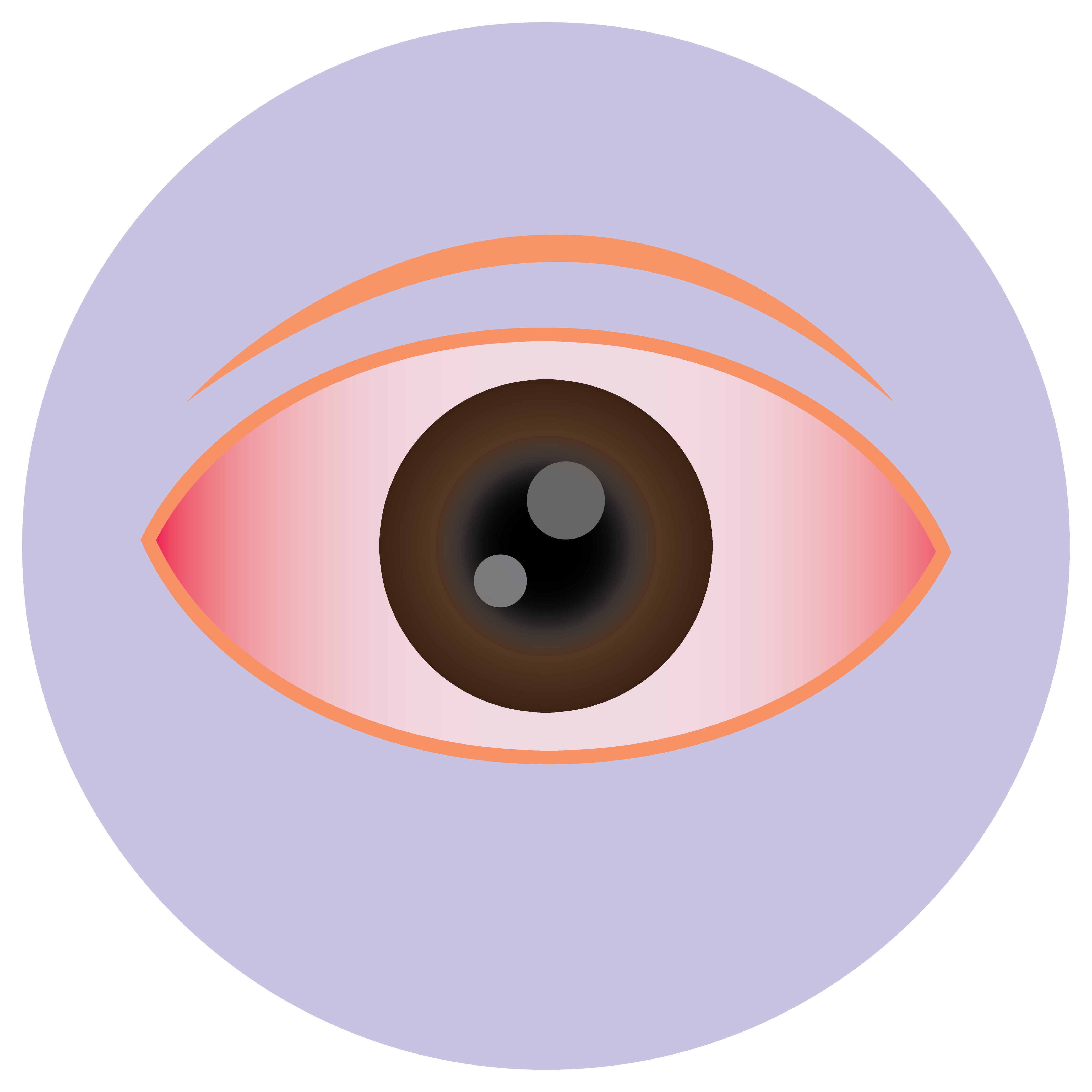| Name | Tetracaine |
| Classes |
Dermatological/Topical Agent Dermatological/Topical Agent Anesthetic Local Anesthetic |
| Diseases |
Anesthesia Eye Surgery Spinal Anesthesia |
Tetracaine
Tetracaine is a local anesthetic of the amide type. Tetracaine diffuses into nerve cells, where it binds to sodium channels, preventing them from opening and blocking sodium ion influx. Nerve cells that are unable to allow sodium into their cells are unable to depolarize and conduct nerve impulses.
Tetracaine Hydrochloride is used as a ocular topical anesthesia for eye pressure measurement.
- One drop into the conjunctival sac is enough to anaesthetize the surface of the eye and allow tonometry after one minute. A further drop after 90 seconds provides adequate anesthesia for contact lens fitting. Three drops at 90 second intervals provide enough anesthesia to remove a foreign body from the corneal epithelium or to incise a meibomian cyst through the conjunctiva. After about an hour, corneal sensitivity returns to normal.
- Instill the recommended dosage into the eye dropwise.
Side effects are rare but the followings can appear-
- Eye irritation
- Blurred vision
- Instillation may cause temporary stinging and blurring of vision.
- Dust and bacterial contamination of the anesthetised eye should be avoided.
- In normal concentrations, oxybuprocaine is less irritant than amethocaine when applied to the conjunctiva.
- Prolonged use of anesthetic eye drops may cause corneal damage.
Contraindication
Contraindicated in patients hypersensitive to any component of the product.
None known.
None known.
 Bangla
Bangla English
English

